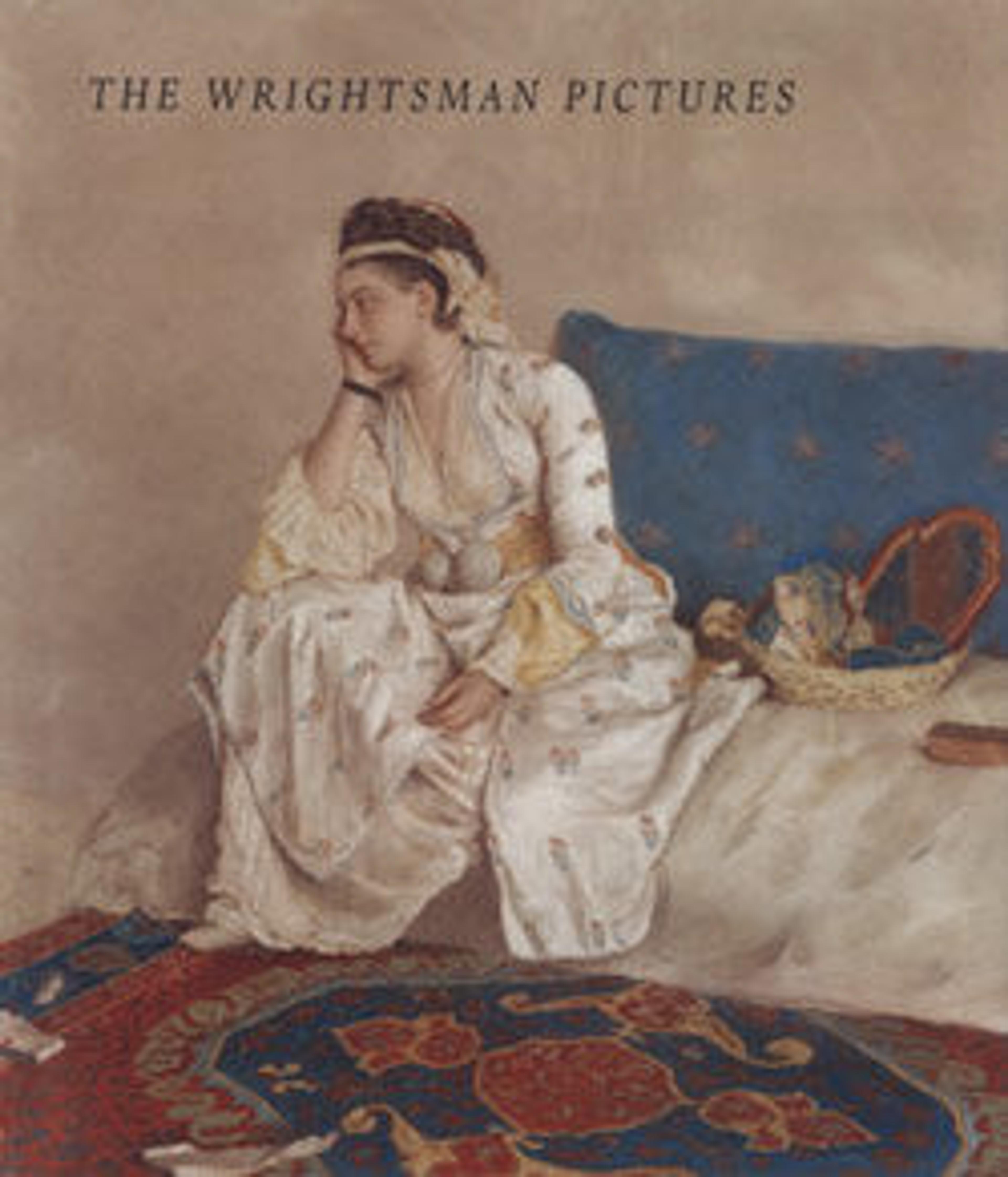Still Life with Shells and a Chip-Wood Box
A French-speaking Lutheran from Strasbourg, Stoskopff worked intermittently in Paris from 1622 to 1641. This spare painting combines a chip-wood box containing dried fruit and fish, a commonplace object in Stoskopff’s time, with costly shells harvested from the Indian and Pacific oceans. Such shells were objects of fascination and sought-after collector’s items at a time of expanding European colonialism in Asia.
Artwork Details
- Title: Still Life with Shells and a Chip-Wood Box
- Artist: Sebastian Stoskopff (French, Strasbourg 1597–1657 Idstein)
- Date: late 1620s
- Medium: Oil on canvas
- Dimensions: 18 1/2 x 23 3/8 in. (47 x 59.4 cm)
- Classification: Paintings
- Credit Line: Wrightsman Fund, 2002
- Object Number: 2002.68
- Curatorial Department: European Paintings
More Artwork
Research Resources
The Met provides unparalleled resources for research and welcomes an international community of students and scholars. The Met's Open Access API is where creators and researchers can connect to the The Met collection. Open Access data and public domain images are available for unrestricted commercial and noncommercial use without permission or fee.
To request images under copyright and other restrictions, please use this Image Request form.
Feedback
We continue to research and examine historical and cultural context for objects in The Met collection. If you have comments or questions about this object record, please contact us using the form below. The Museum looks forward to receiving your comments.
